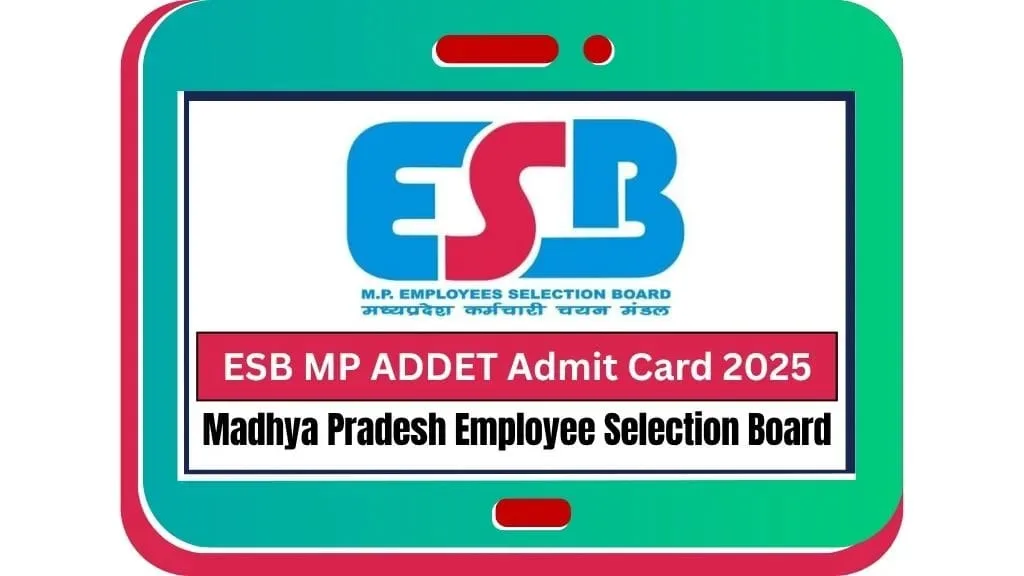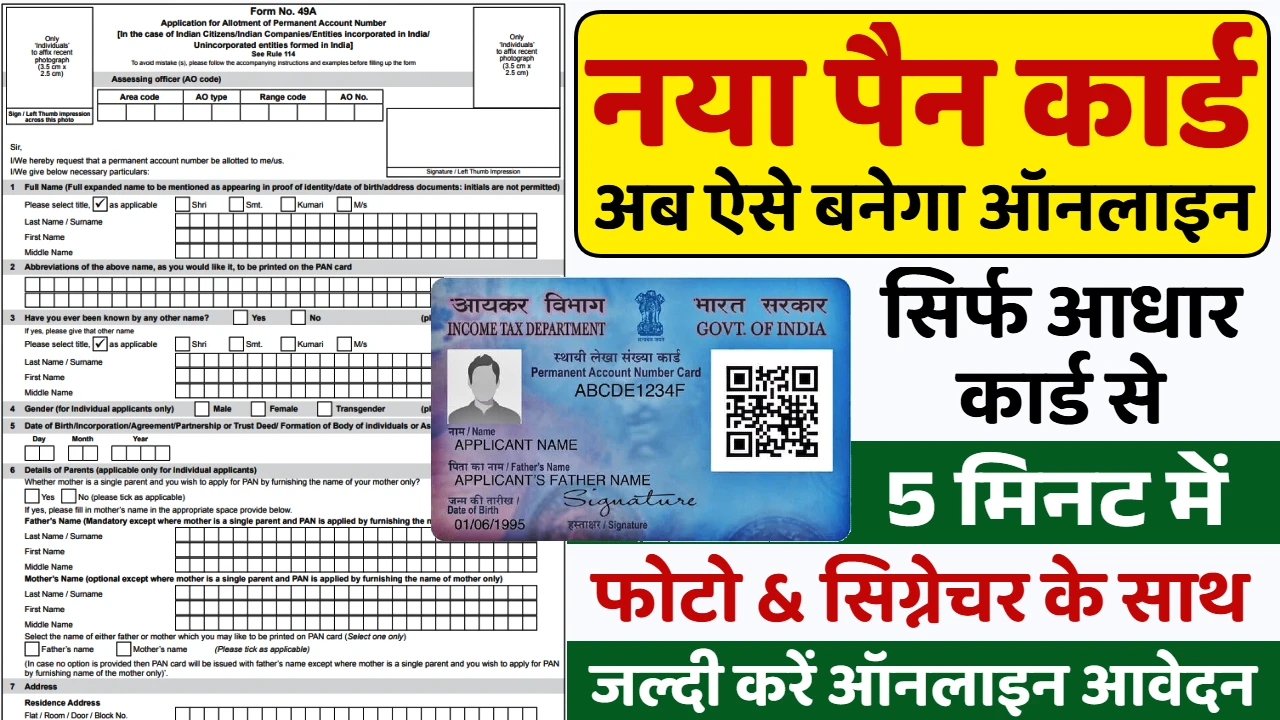Google Discover is a powerful, personalized content feed that puts your website in front of millions of users without them even performing a search. It’s a goldmine for traffic and engagement, offering a unique opportunity to connect with an audience actively seeking content aligned with their interests.
But if your website feels invisible on Discover, it’s a common frustration for many publishers. In 2025, with Google’s algorithms constantly evolving, understanding the nuances of Discover visibility is more critical than ever. This article dives deep into the reasons why your website might be missing from this coveted feed and outlines actionable fixes to help you get discovered.
Understanding Google Discover’s Core Principles 💡
Before we jump into the fixes, it’s essential to grasp how Google Discover operates. Unlike traditional search, which is reactive (users search, and Google provides results), Discover is proactive. It anticipates user interests based on their search history, app usage, location, and other personal data. This means your content needs to resonate with a user’s predetermined interests to appear.
The Power of Personalization and AI
Google Discover leverages sophisticated machine learning algorithms and artificial intelligence (AI) to curate highly personalized feeds. The system continuously learns from user behavior, refining its suggestions over time. This makes it a dynamic platform where content relevance and user engagement are paramount. It’s not about ranking for keywords in the traditional sense; it’s about being selected because your content matches a user’s implicit desires.
Common Reasons Your Website Isn’t Appearing on Google Discover
Several factors can prevent your website from showing up on Google Discover. Identifying the root cause is the first step toward a successful fix.
1. Content Quality and E-E-A-T (Experience, Expertise, Authoritativeness, Trustworthiness) 🏆
In 2025, content quality remains the absolute king, and Google’s emphasis on E-E-A-T is more pronounced than ever. If your content lacks depth, originality, or credibility, it’s unlikely to make it into Discover.
- Lack of Originality and Value: Google heavily penalizes content that is simply regurgitated, spun, or lacks unique insights. Discover prioritizes content that provides real value, answers user questions comprehensively, or offers a fresh perspective.
- Weak E-E-A-T Signals: Google wants to show users content from trusted sources. If your website or authors don’t demonstrate sufficient Experience, Expertise, Authoritativeness, and Trustworthiness, your content will struggle to gain traction. This is especially true for “Your Money Your Life” (YMYL) topics (e.g., health, finance).
- Superficial Content: Short, surface-level articles rarely appear in Discover. Google rewards in-depth content that thoroughly covers a topic, aiming for articles of at least 1,000 words that provide comprehensive information.
- Outdated Information: While evergreen content is valuable, Discover also thrives on freshness. If your content isn’t kept up-to-date, especially on fast-moving topics, it can lose its appeal for the feed.
2. Technical SEO and Mobile Experience 📱
Google Discover is predominantly a mobile-first experience. If your website isn’t technically sound and optimized for mobile devices, it’s a significant barrier to entry.
- Poor Core Web Vitals: Page loading speed, interactivity, and visual stability are crucial. Slow loading times (high Largest Contentful Paint – LCP), high First Input Delay (FID), and significant Cumulative Layout Shift (CLS) can deter users and signal to Google that your site offers a poor experience.
- Lack of Mobile-Friendliness: If your website isn’t responsive and doesn’t adapt seamlessly to various mobile screen sizes, users will bounce, impacting your Discover chances. Buttons and links should be easily tappable, and content should be legible without zooming.
- Crawlability and Indexability Issues: If Googlebot can’t efficiently crawl and index your content, it won’t be considered for Discover. Check your robots.txt file and sitemap for any blocks or errors.
- Missing or Incorrect Structured Data: While not strictly required, using structured data markup (Schema.org) helps Google better understand and categorize your content, increasing its chances of being displayed in Discover.
3. Content Policies and Guidelines Violations
Google has strict content policies for Discover. Violating these can lead to your content being removed or your site becoming ineligible entirely.
- Misleading or Clickbait Headlines: While catchy headlines are good, deceptive or exaggerated titles that don’t accurately reflect the content are a no-go. Google’s algorithm is getting better at detecting and penalizing this.
- Sensational or Provocative Content: Content that manipulates appeal by catering to morbid curiosity, titillation, or outrage is often filtered out.
- Hateful, Dangerous, or Explicit Content: Any content that falls into these categories is strictly prohibited.
- Deceptive Practices: Google has ramped up its stance against coordinated deceptive practices, impersonation, misrepresentation of affiliation, and misrepresentation of location. Ensure transparency about your organization and authors.
- Excessive Advertising: Advertising and other paid promotional material should not overwhelm your content. Sponsored content must be clearly disclosed.
4. Lack of Engagement and User Signals 📈
Google Discover is all about user engagement. If your content isn’t resonating with users, it won’t be prioritized.
- Low Click-Through Rate (CTR): If your content appears but users aren’t clicking on it, Google will interpret this as a lack of interest.
- Short Dwell Time/High Bounce Rate: If users click but quickly leave your page, it signals that the content didn’t meet their expectations.
- Lack of Return Visitors: Discover favors content that brings users back for more, indicating a loyal audience.
- No Strong Visuals: Discover is a highly visual feed. If your content lacks compelling, high-quality images or videos, it’s less likely to grab attention.
5. Inconsistent Publishing and Domain Authority
While not a direct ranking factor in the same way, consistent publishing and a strong domain reputation contribute to overall trustworthiness and Discover visibility.
- Sporadic Publishing: Irregular content updates can negatively impact your Discover performance. Google favors publishers who regularly publish quality content.
- New or Low Domain Authority: Newer websites or those with limited backlinks and a less established online presence might find it harder to get featured, as historical trust factors play a role.
2025 Fixes: How to Get Your Website on Google Discover 🚀
Now that we’ve identified the potential issues, let’s explore the actionable steps you can take to boost your Google Discover visibility in 2025.
1. Prioritize People-First, High-Value Content ✨
This is the cornerstone of Discover success. Google’s “helpful content” updates continue to emphasize content created for people, not just for search engines.
- Deep Dive into Topics: Go beyond surface-level information. Provide comprehensive, well-researched content that genuinely helps or informs your audience. Aim for long-form articles (1500-2500 words) where appropriate.
- Demonstrate E-E-A-T:
- Experience: Share firsthand, real-world familiarity with the subject. If you’re reviewing a product, show you’ve used it.
- Expertise: Showcase deep knowledge and skill in your niche. Back up claims with data, research, and citations.
- Authoritativeness: Earn recognition from other trusted sources. This includes backlinks from reputable sites, mentions, and industry recognition.
- Trustworthiness: Ensure your information is accurate, unbiased, and reliable. Provide clear dates, author bylines, and information about your publication. Be transparent about any sponsored content.
- Solve User Problems and Answer Questions: Understand your target audience and their pain points. Create content that directly addresses their needs and provides clear, insightful answers. Use tools like Google Search’s “People Also Ask” and “Related Searches” to unearth user queries.
- Inject Originality and Unique Insights: Don’t just rehash what’s already out there. Conduct original research, offer unique perspectives, or share personal experiences that add distinct value.
- Refresh Evergreen Content Regularly: Even timeless pieces benefit from updates. Regularly revisit your high-performing content, adding new information, statistics, or examples to keep it fresh and relevant. Indicate the last updated date clearly.
2. Optimize for a Flawless Mobile and Technical Experience ⚙️
Since Discover is mobile-centric, your website’s technical performance on mobile devices is non-negotiable.
- Ace Your Core Web Vitals:
- Largest Contentful Paint (LCP): Aim for an LCP under 2.5 seconds. Optimize images, use a CDN, and prioritize above-the-fold content loading.
- Interaction to Next Paint (INP) – Formerly FID: Target an INP under 200 milliseconds. Minimize JavaScript execution, optimize third-party scripts, and ensure smooth user interactions.
- Cumulative Layout Shift (CLS): Keep CLS under 0.1. Avoid unexpected layout shifts by pre-sizing images and ad slots.
- Use Google PageSpeed Insights and Google Search Console’s Core Web Vitals report to identify and fix issues.
- Ensure Mobile-Friendliness: Use a responsive design that automatically adjusts to different screen sizes. Test your website thoroughly on various mobile devices. Google’s Mobile-Friendly Test can help.
- Improve Crawlability and Indexability:
- Ensure your robots.txt file isn’t blocking important content.
- Submit a clear, up-to-date XML sitemap to Google Search Console.
- Regularly check Crawl Stats in Search Console to ensure Googlebot is visiting your site frequently.
- Implement Structured Data: While not a direct ranking factor for Discover, Schema markup can help Google better understand your content’s context and entities, making it more likely to be surfaced for relevant interests. Consider
NewsArticleschema for news-oriented content. - Use HTTPS: A secure website (HTTPS) is a baseline requirement for trust and a positive user experience.
3. Craft Compelling Visuals and Headlines That Convert 👀
Discover is a highly visual feed, and your images and headlines are your first (and often only) chance to capture attention.
- High-Quality, Large Images: Google strongly recommends using large images (at least 1200 pixels wide) that are visually appealing and relevant to your content. Avoid generic stock photos; original images perform significantly better.
- Enable the
max-image-preview:largesetting or use AMP to ensure large images are displayed. - Avoid using your site logo as the main image.
- Enable the
- Optimize Video Content: As video increasingly dominates online consumption, consider integrating short, informative videos that complement your articles. Optimize video thumbnails, titles, and descriptions.
- Enticing Yet Honest Headlines: Your headlines should be catchy and create a curiosity gap but accurately represent the content. Avoid misleading or exaggerated details.
- Experiment with numbers, strong emotional language, and the promise of concrete benefits (e.g., “7 Ways to…”, “Discover the Secret of…”, “Exclusive: How to…”).
- Aim for an optimal title length of 50-60 characters for mobile readability.
- Compelling Snippets/Descriptions: The text snippets that appear with your content card should further entice clicks. Ensure your meta descriptions are well-written and accurately summarize the article.
4. Foster User Engagement and Build a Loyal Audience ❤️
Google Discover’s algorithms heavily weigh user engagement signals.
- Create Engaging Content: Beyond being informative, your content should be engaging. Use clear, concise language, break up text with subheadings and bullet points, and incorporate multimedia elements.
- Promote Shares and Interaction: Encourage users to share your content on social media. While social signals aren’t a direct ranking factor, they can lead to increased visibility and indirect engagement.
- Encourage Return Visits:
- Build an email list to notify users of new content.
- Implement push notifications (with user consent) for new articles, which can boost CTR and repeat visits.
- Provide internal links to other relevant content on your site to increase session depth.
- Optimize for the “Follow” Feature: To help Google understand which feed users should follow for your content, link your RSS or Atom feed in the
<head>section of your pages:HTML<link rel="alternate" type="application/rss+xml" href="https://example.com/rssfeed">Ensure your feed is up-to-date and not blocked byrobots.txt.
5. Consistent Publishing and Reputation Building 🏗️
Develop a sustainable content strategy that signals consistency and trustworthiness.
- Consistent Publishing Schedule: Google favors sites that publish quality content regularly. Aim for a consistent rhythm, whether it’s daily, weekly, or bi-weekly.
- Build Domain Authority: Focus on earning high-quality backlinks from authoritative and topically relevant websites. This signals to Google that your site is a trusted source.
- Transparent “About Us” and Author Pages: Clearly showcase who is behind your content, their credentials, and your publication’s mission. This enhances trustworthiness.
- Engage with Your Community: Interact with your audience on social media, in comments sections, or through forums. Building a strong brand presence and fostering a community around your content can indirectly influence Discover visibility.
Monitoring Your Google Discover Performance 📊
Once you start implementing these fixes, it’s crucial to monitor your progress.
- Google Search Console: The Performance report for Discover in Google Search Console is your best friend. It shows impressions, clicks, and CTR for any of your content that has appeared on Discover in the last 16 months (if your data meets the minimum threshold).
- Google Analytics: Track traffic sources, user behavior (bounce rate, time on page, pages per session), and conversions from Discover to understand how your content is performing.
Remember, Google Discover is highly unpredictable, and visibility can fluctuate. The key is to consistently produce high-quality, engaging, and technically sound content that adheres to Google’s policies. Patience and persistence are vital.
Frequently Asked Questions (FAQs)
Q1: Is there a way to manually submit my website to Google Discover?
A1: No, there is no manual submission process for Google Discover. Content is automatically eligible to appear if it is indexed by Google and meets Discover’s content policies. Your inclusion is based on a combination of technical signals, content quality, relevance, user interest, freshness, and historical trust factors.
The focus should be on optimizing your website and content according to Google’s guidelines, rather than seeking a manual entry point.
Q2: How often should I publish new content to increase my chances of appearing on Google Discover?
A2: While there’s no fixed rule, consistent publishing is highly recommended. Google favors publishers who regularly update their content and add new, high-quality material. Aim for a publishing schedule that you can realistically maintain, whether that’s daily, a few times a week, or weekly.
The emphasis should always be on quality over quantity. Sporadic publishing can negatively impact your Discover performance, so a regular cadence helps signal to Google that your site is active and a reliable source of fresh information.
Q3: What’s the most important factor for getting into Google Discover in 2025?
A3: In 2025, the most important factor is creating high-quality, people-first content that demonstrates strong E-E-A-T (Experience, Expertise, Authoritativeness, Trustworthiness). While technical optimization, compelling visuals, and adherence to policies are crucial supporting elements, Google’s algorithms are increasingly focused on rewarding genuinely helpful, reliable, and trustworthy content that resonates with user interests.
If your content doesn’t offer unique value or isn’t perceived as credible, it will struggle to gain and maintain visibility in Google Discover.













